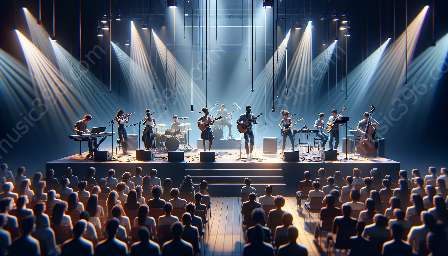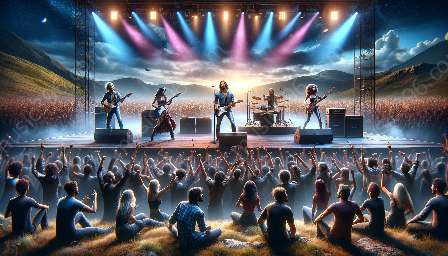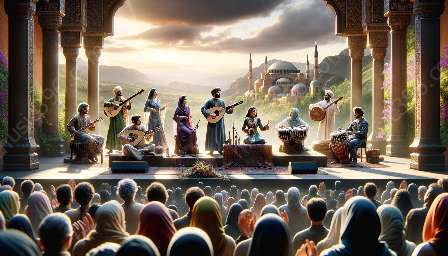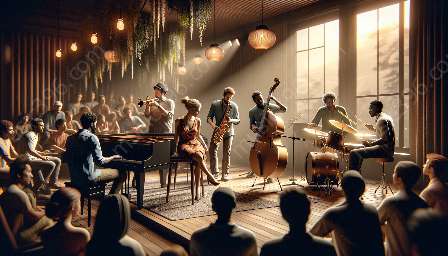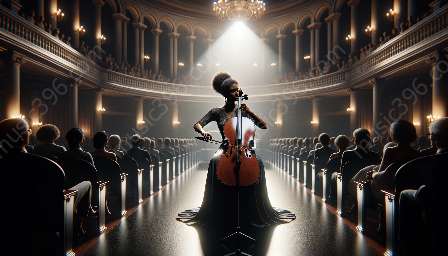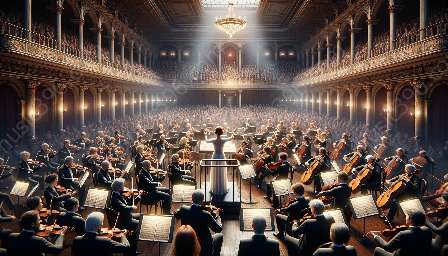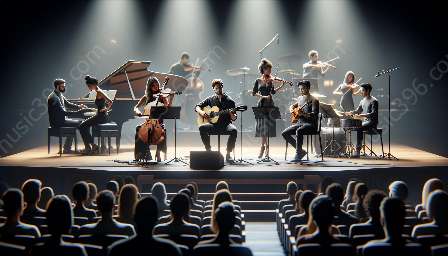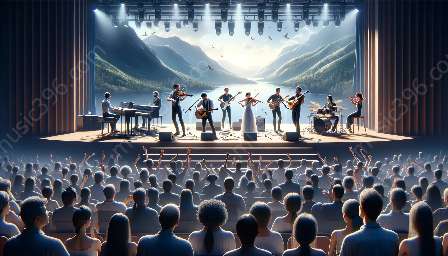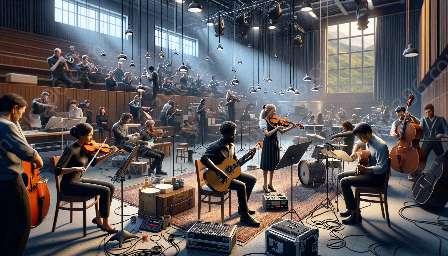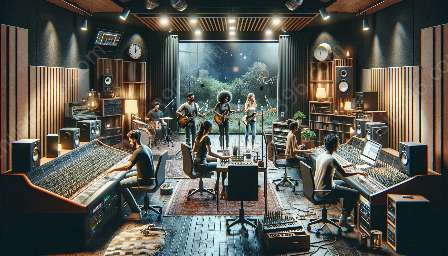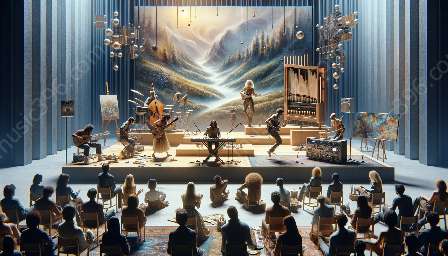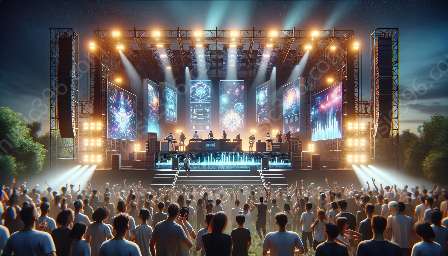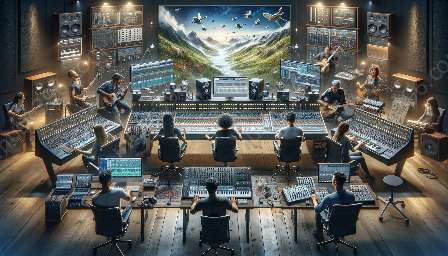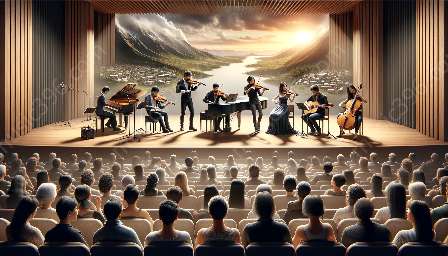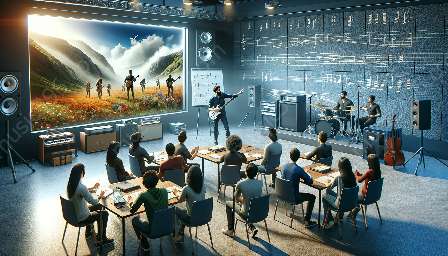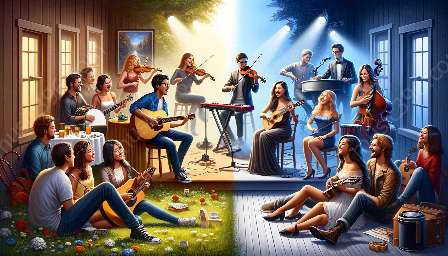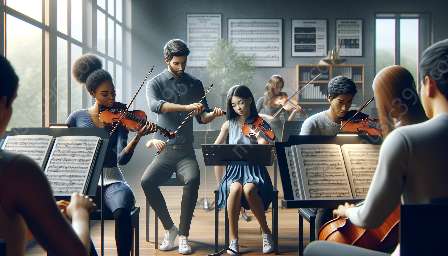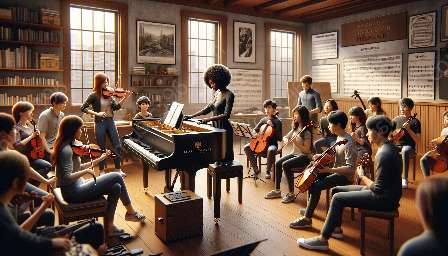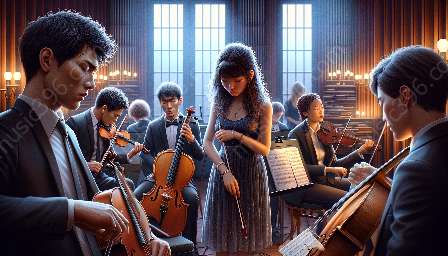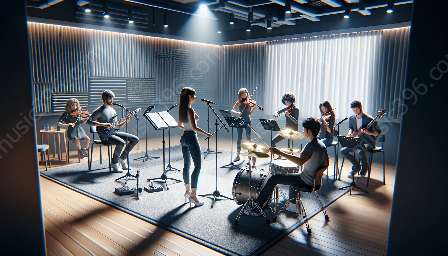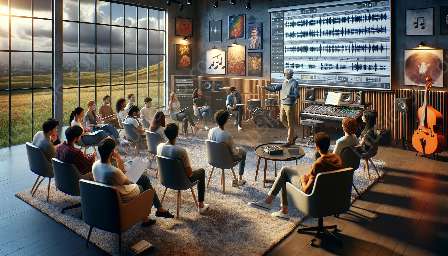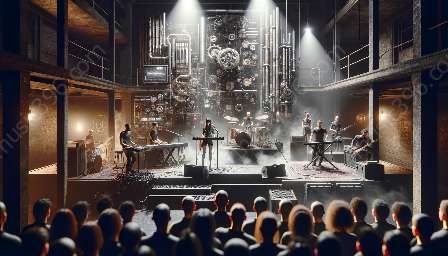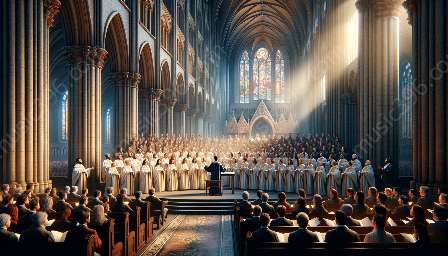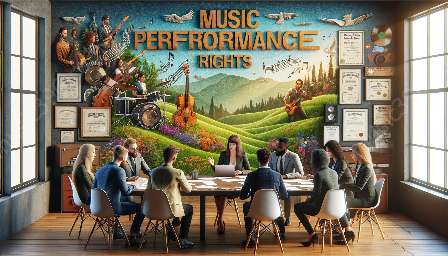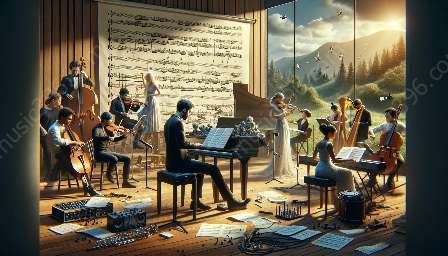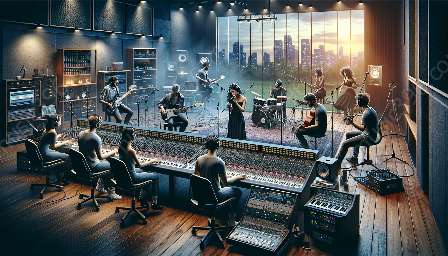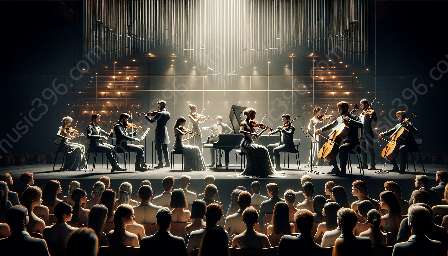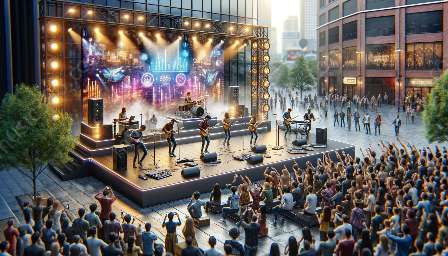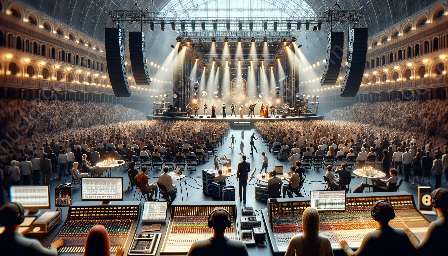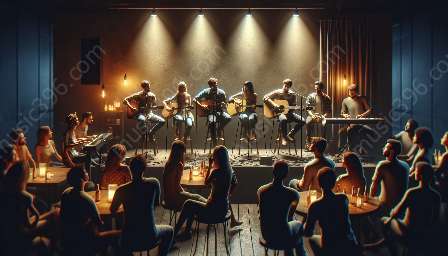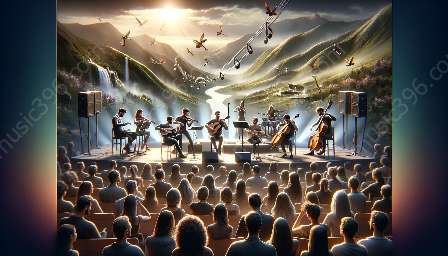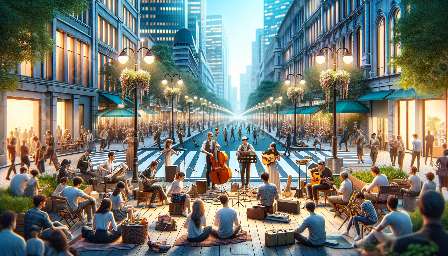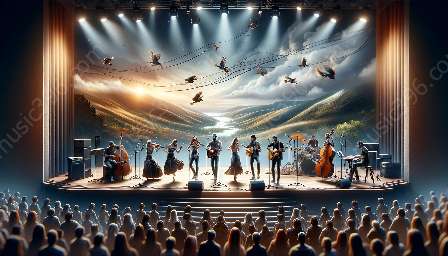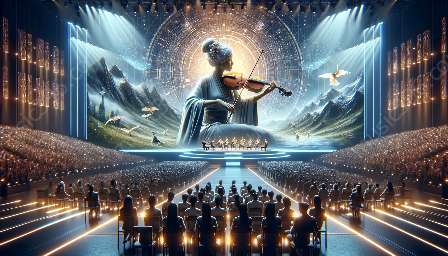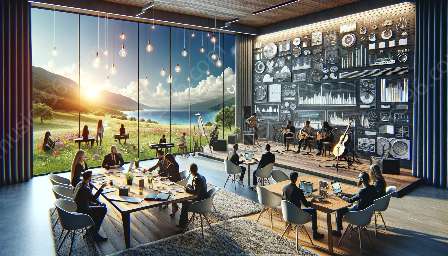Street music holds a unique power to bring people together, fostering a sense of community and shared identity. This article will delve into the transformative nature of street and public space music performance and its impact on community building. We will explore the cultural and social significance of street music, the role of music performance in shaping public spaces, and the connections it forges among diverse individuals.
The Cultural Significance of Street Music
Street music has been a cultural touchstone across the globe, serving as a form of artistic expression, entertainment, and social commentary. From the vibrant rhythms of Caribbean steel drums to the soulful melodies of New Orleans jazz, street music reflects the identity and experiences of local communities. It becomes a shared expression of collective heritage and history, fostering a deep sense of belonging among residents and visitors alike.
Fostering Inclusive Public Spaces
Public spaces come alive with the sounds of street music, creating vibrant and inclusive environments where people from all walks of life converge. Music performances in these spaces break down social barriers, inviting individuals to connect through a shared appreciation for artistic expression. The inherent accessibility of street music ensures that all members of the community can partake in and contribute to the cultural tapestry of their surroundings, strengthening the ties that bind them together.
Strengthening Community Bonds
Street music acts as a unifying force, bridging diverse communities and fostering a spirit of togetherness. Whether it's impromptu jam sessions or planned performances, music weaves a common thread that connects people across ages, backgrounds, and beliefs. It creates a platform for interpersonal interactions, enabling individuals to forge meaningful connections with their neighbors and fellow citizens.
Empowering Artistic Expression
Street music offers a platform for aspiring musicians to showcase their talents and creativity, empowering individuals to express themselves in a public setting. This democratization of artistic expression enriches the cultural landscape, serving as a catalyst for collective inspiration and innovation. By providing an accessible stage for performers, street music amplifies the voices of both established and emerging artists, invigorating the local arts scene and igniting new conversations within the community.
Building a Sense of Place
Music performances in public spaces imbue these locations with a distinct sense of place and identity, shaping the collective memory and experience of a community. From bustling city squares to quaint neighborhood corners, street music becomes intertwined with the fabric of these spaces, leaving an indelible mark on the emotional landscape of residents and visitors. As a result, public areas are transformed into dynamic, living canvases that reflect the spirit and character of the communities they serve.
Challenging Perceptions and Inspiring Dialogue
Street music has the power to challenge societal perceptions and spark thought-provoking conversations on important social issues. Through poignant lyrics, powerful melodies, and captivating performances, musicians engage audiences in discussions that transcend language and cultural barriers. This open exchange of ideas and emotions serves to enrich the community dialogue, fostering greater understanding and empathy among individuals from diverse backgrounds.
Conclusion
Street music serves as a conduit for community building, shared identity, and cultural enrichment. By enlivening public spaces with the universal language of music, communities are able to forge deep connections, celebrate their diverse heritage, and engage in meaningful dialogue. The transformative impact of street music on community building is a testament to its ability to transcend boundaries and unite individuals in a common, harmonious experience.
As we continue to explore the intersection of music, public spaces, and community development, it is imperative to recognize the profound role that street music plays in shaping our collective identity and fostering a sense of togetherness.


